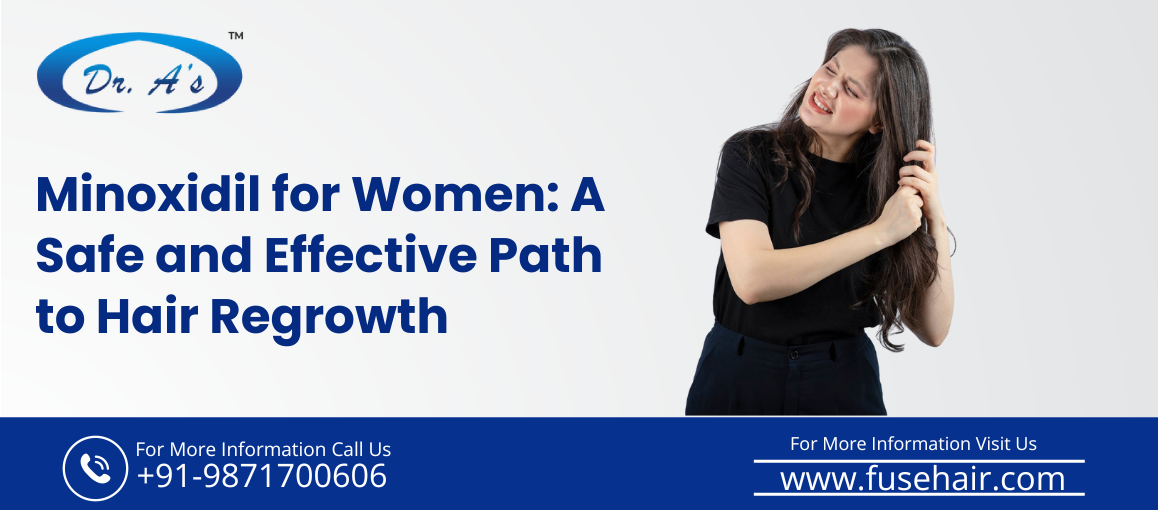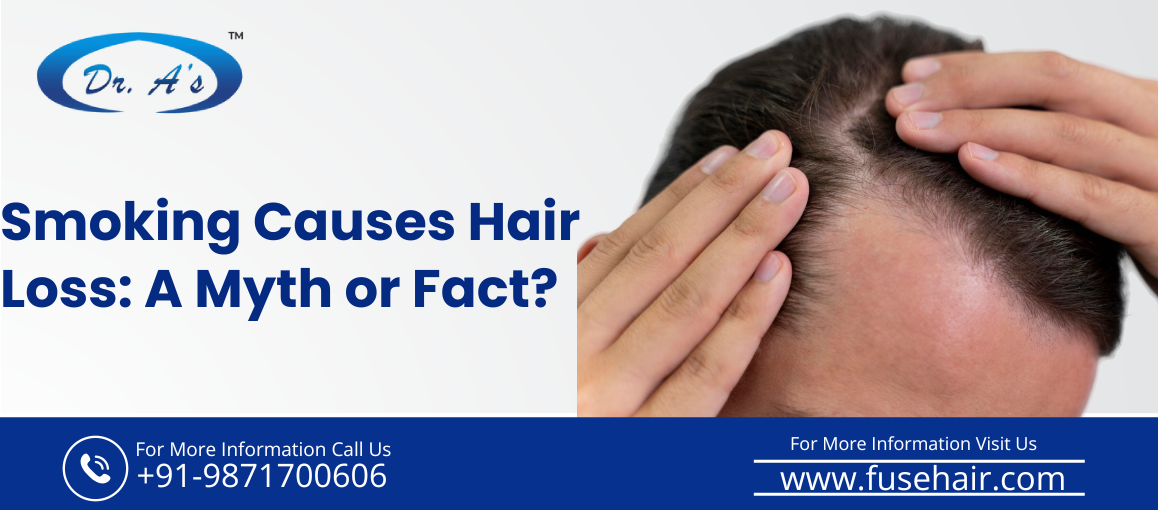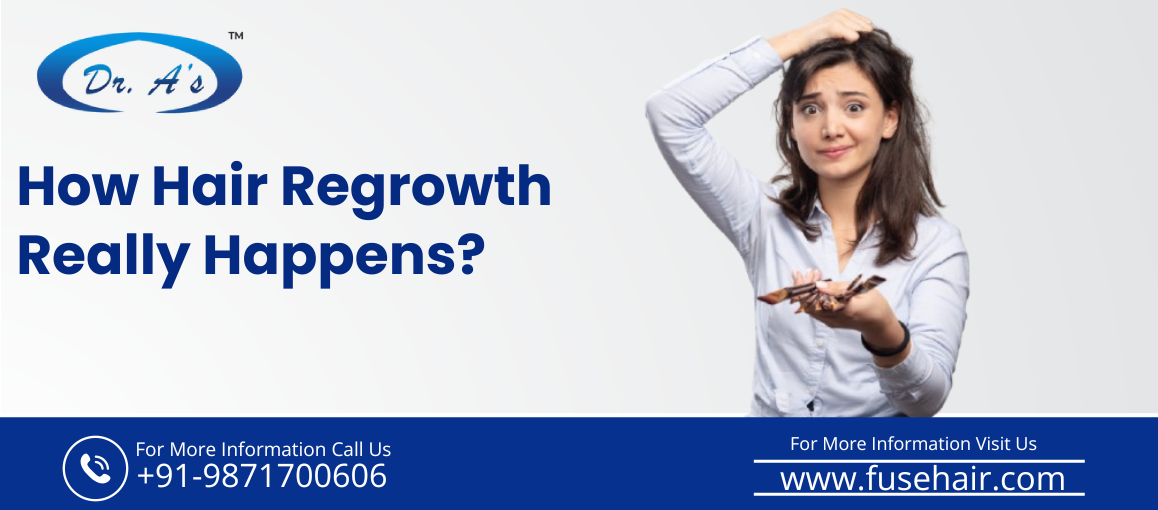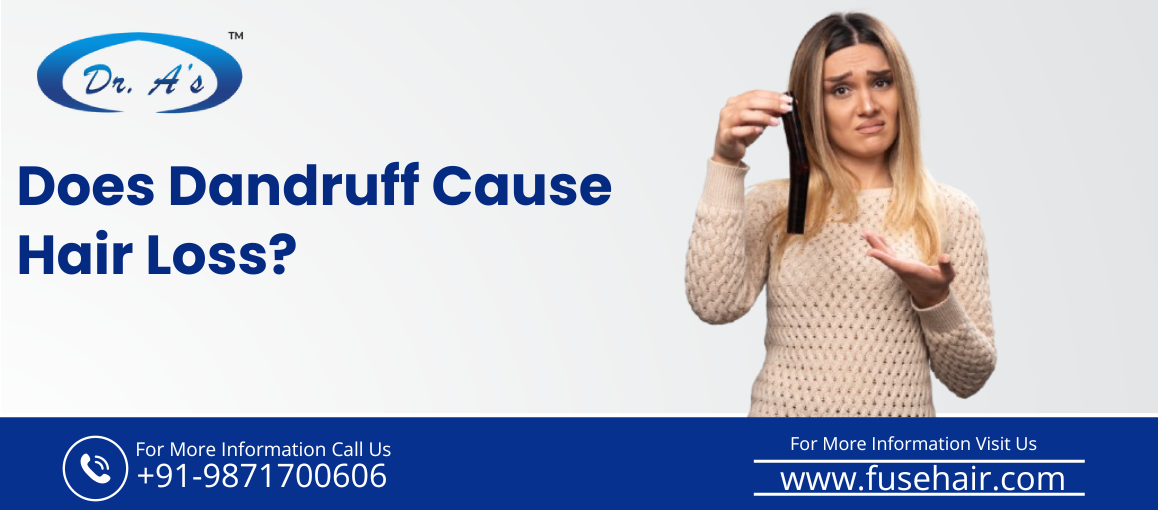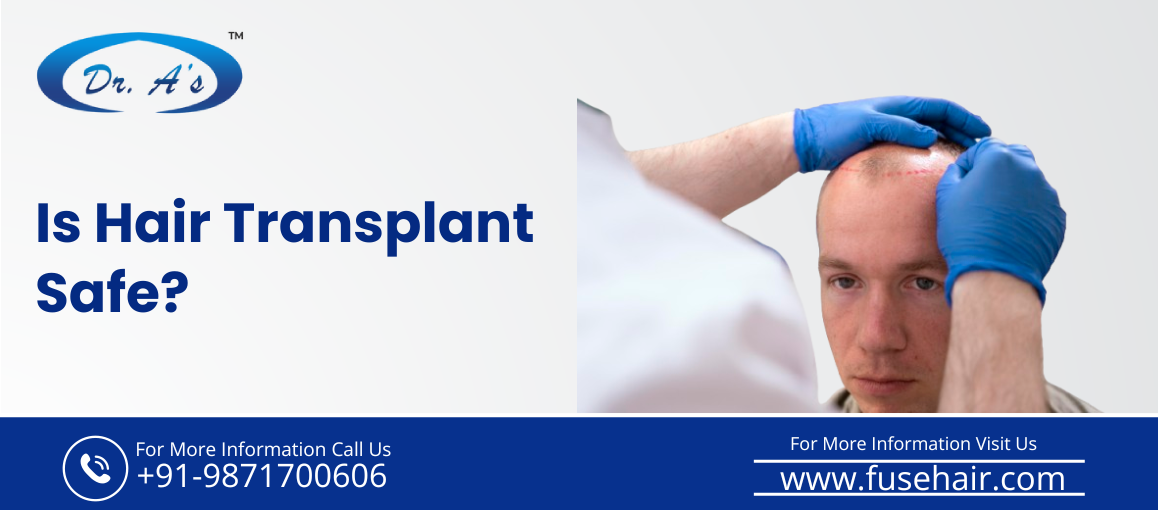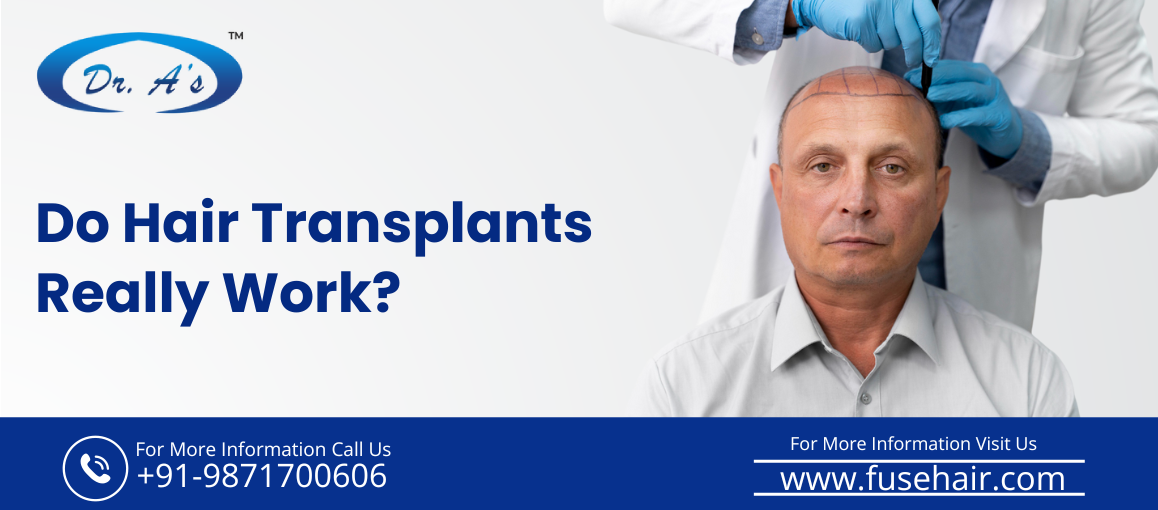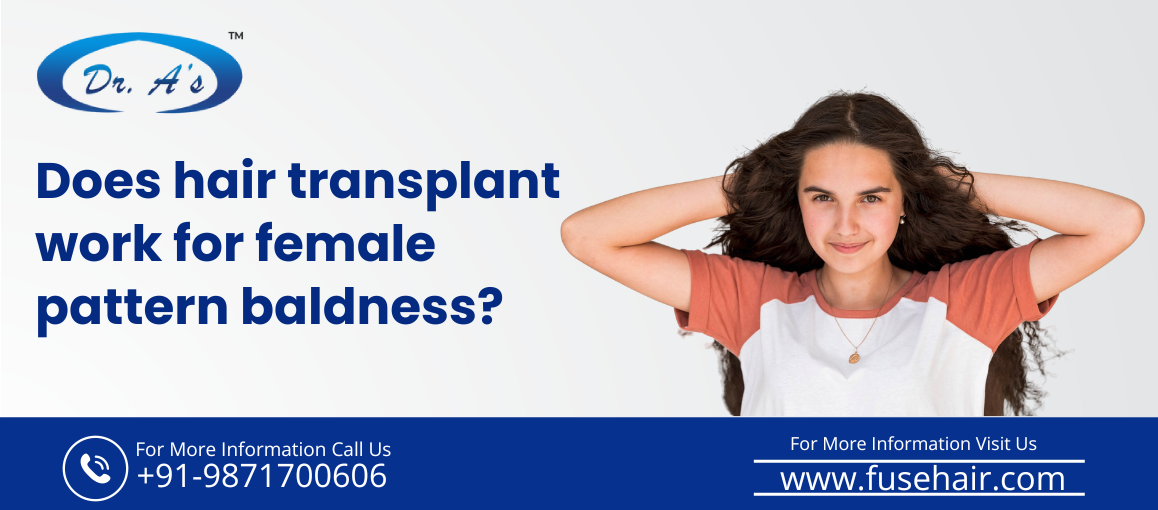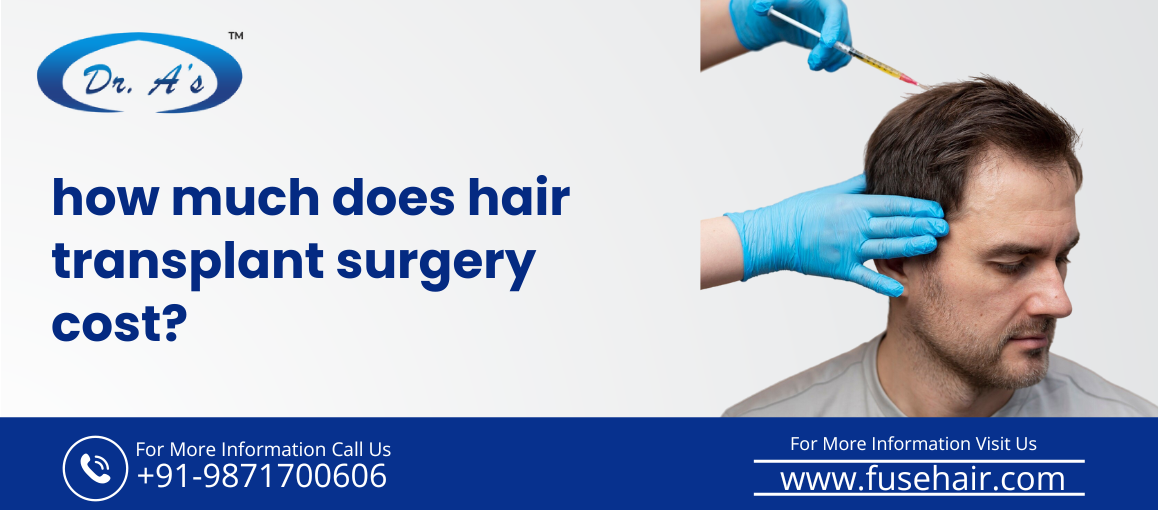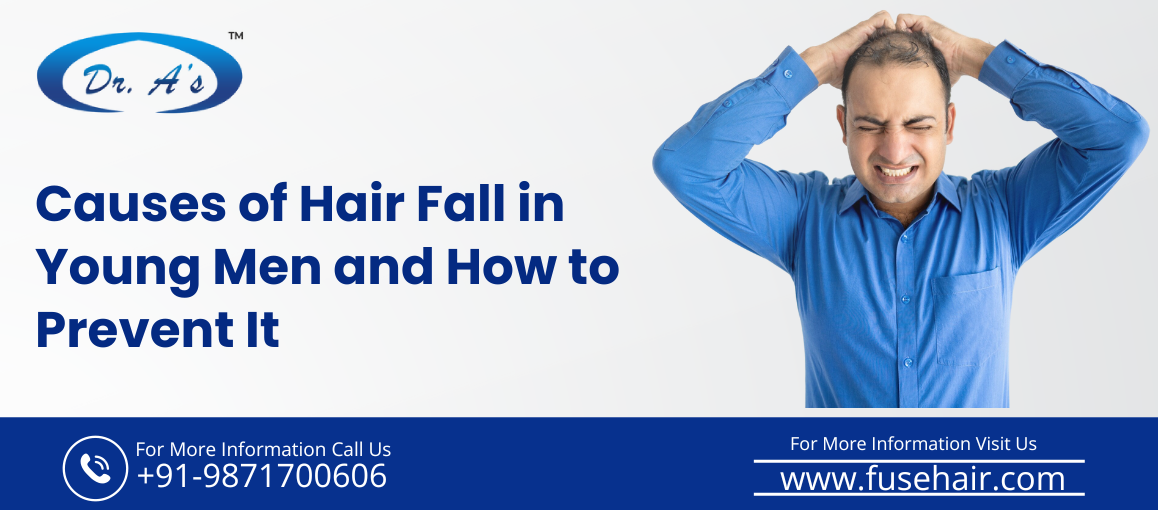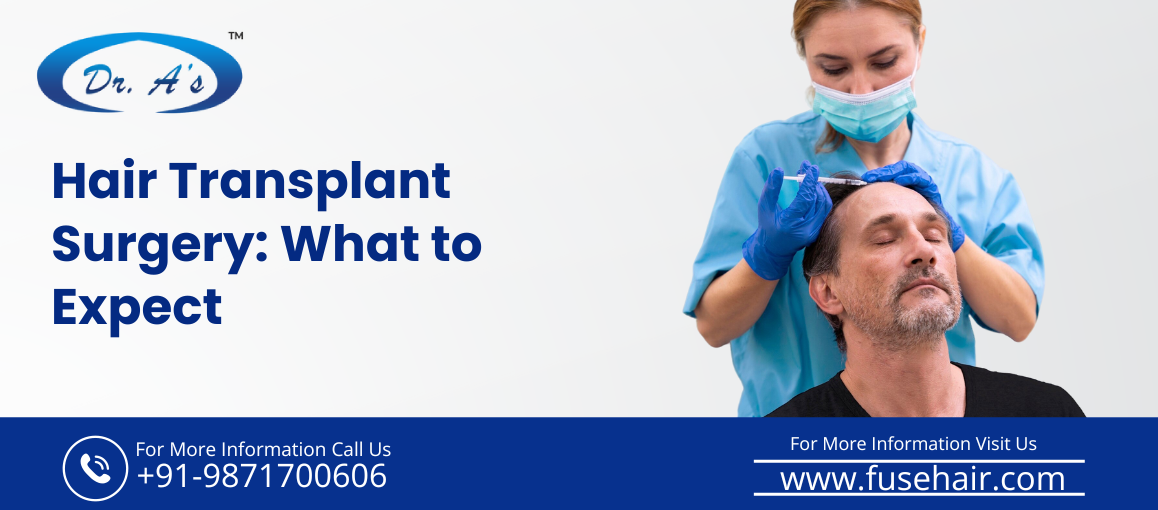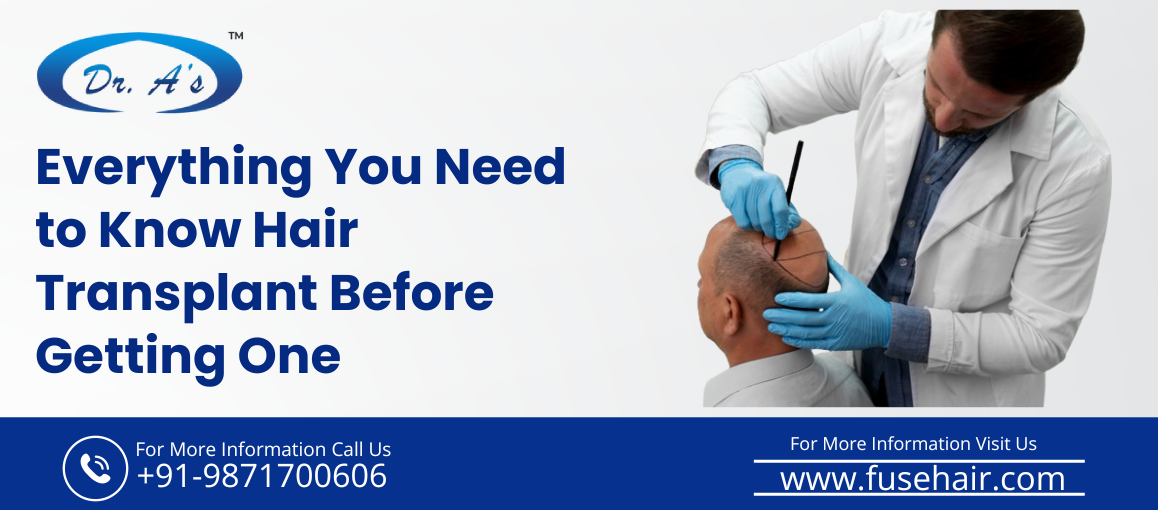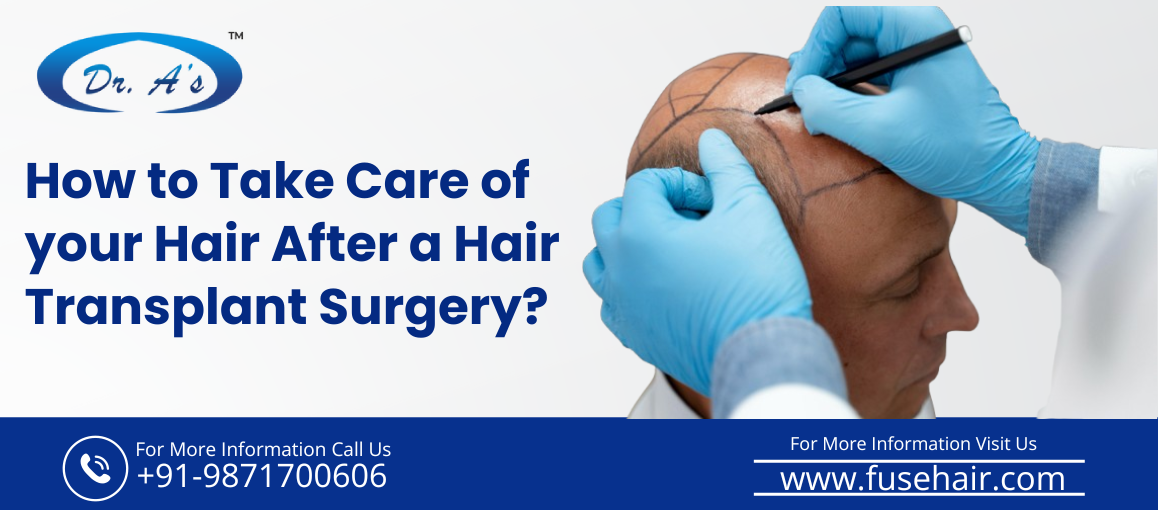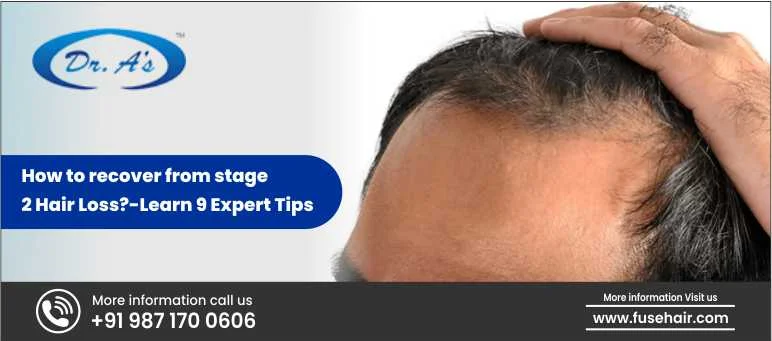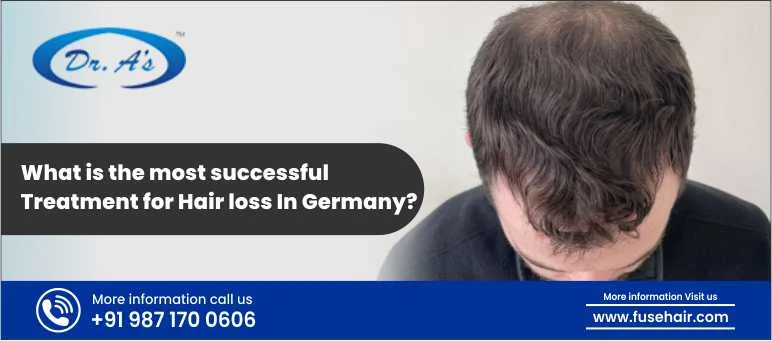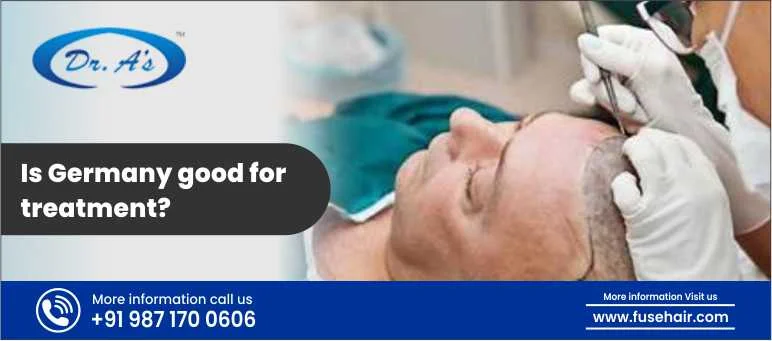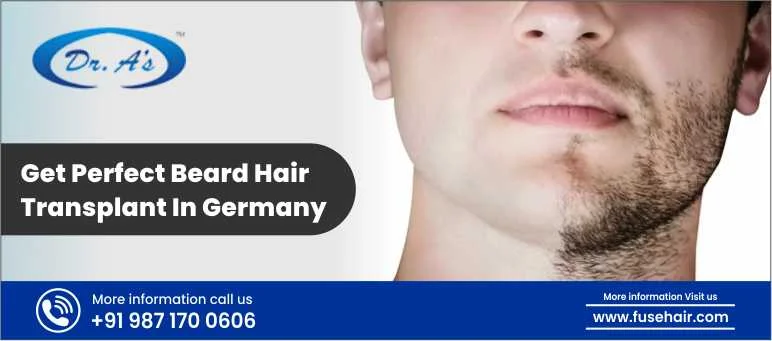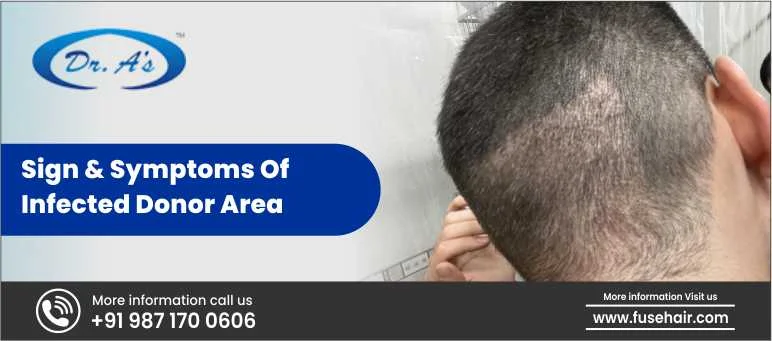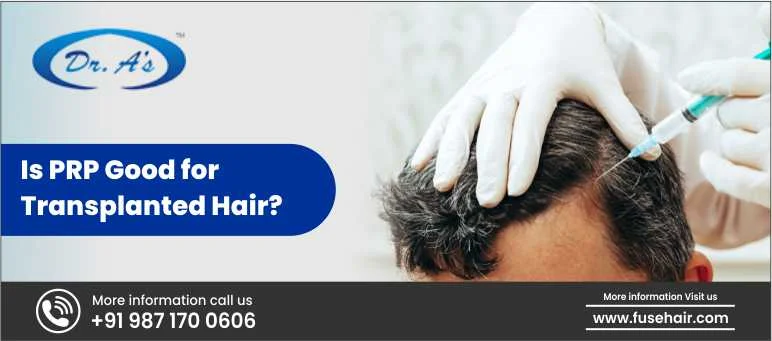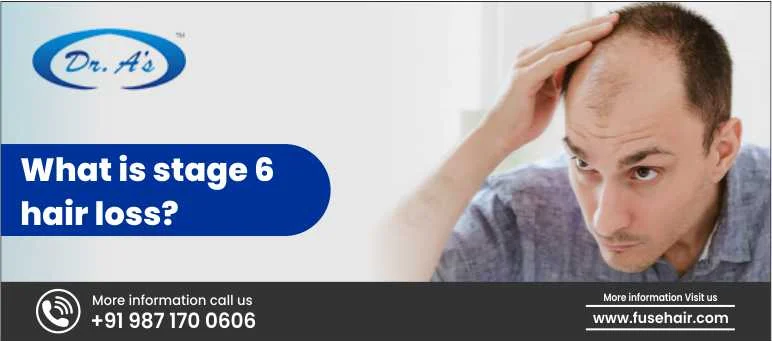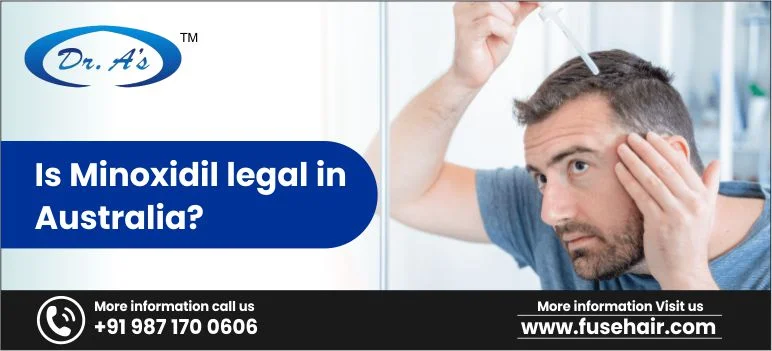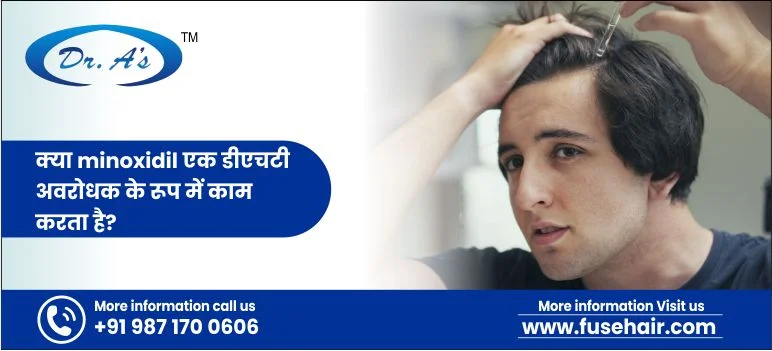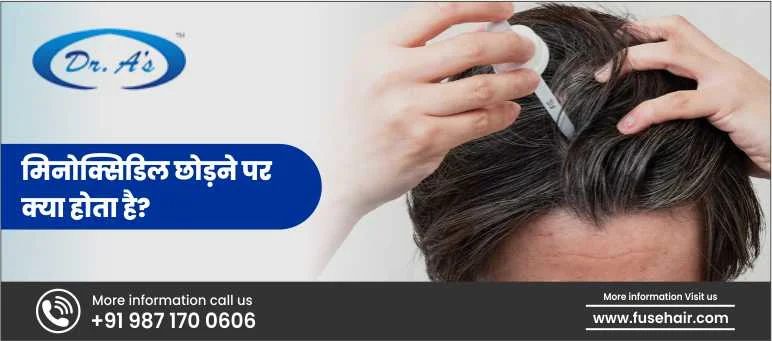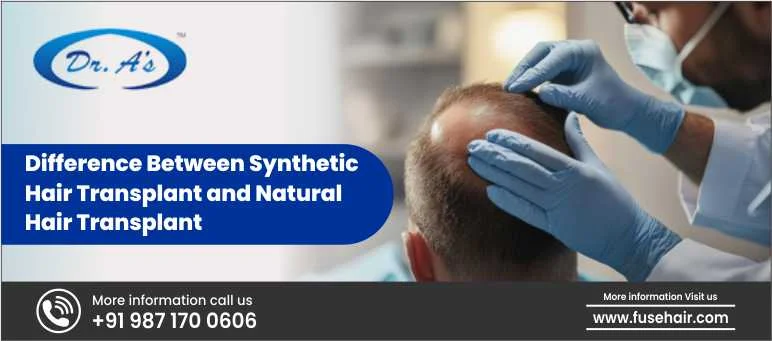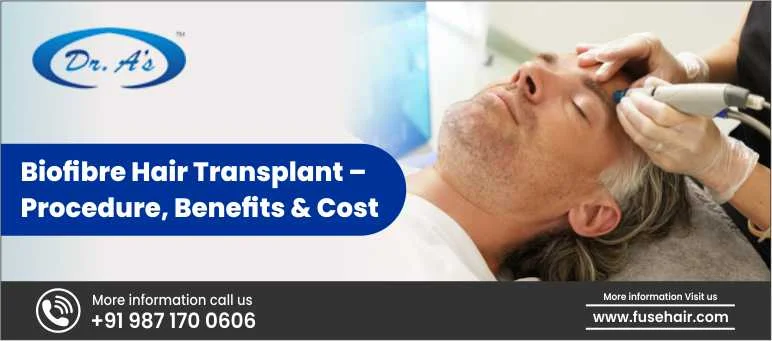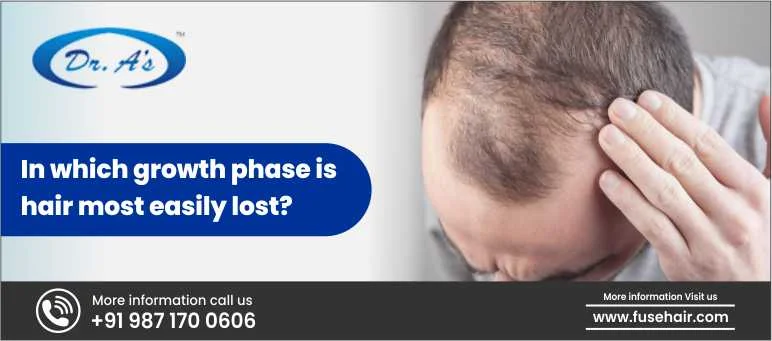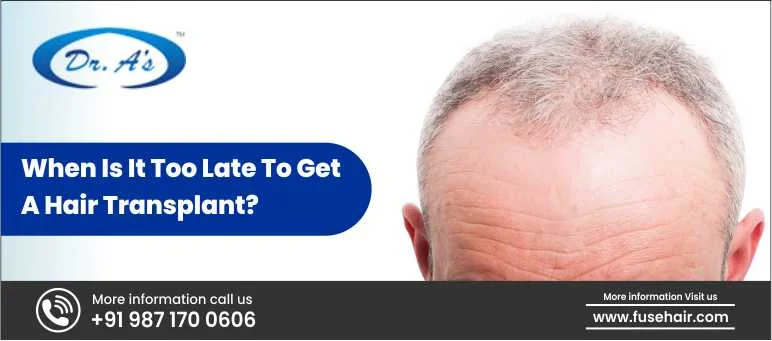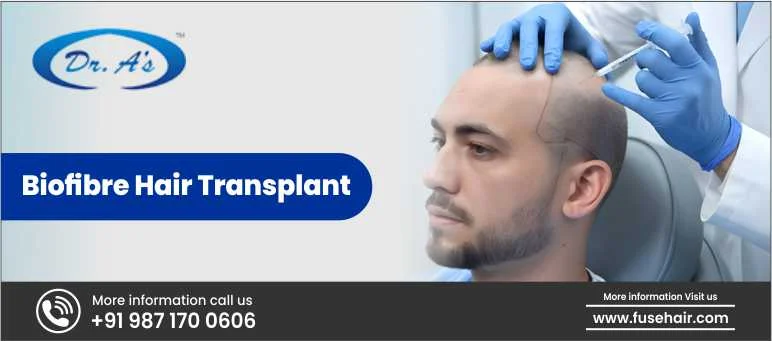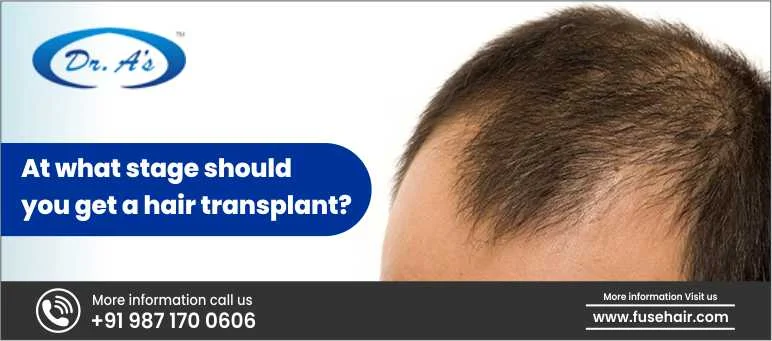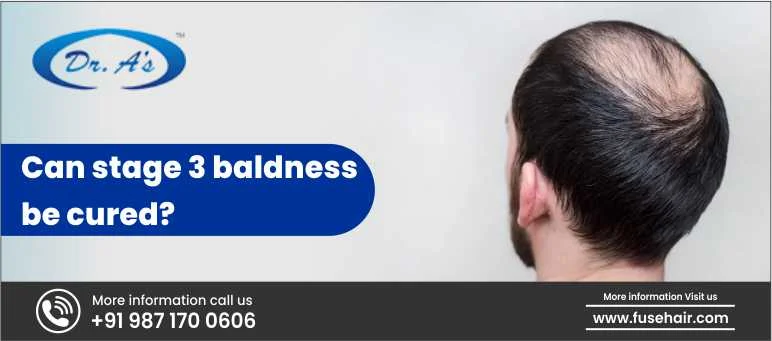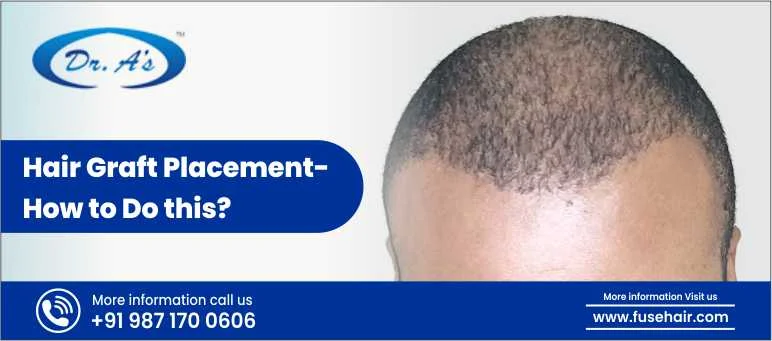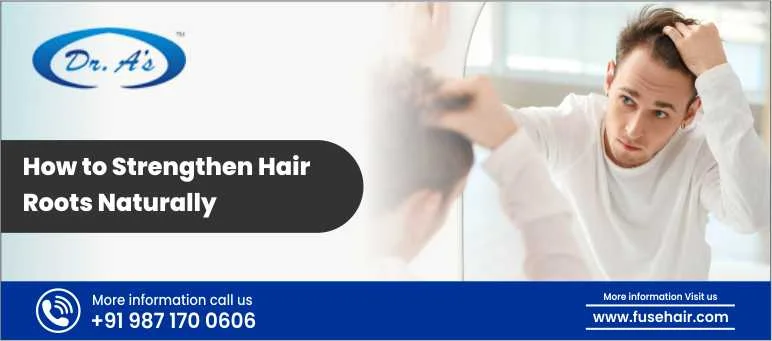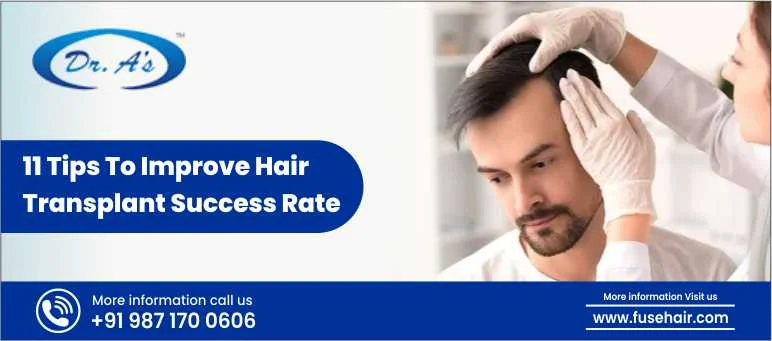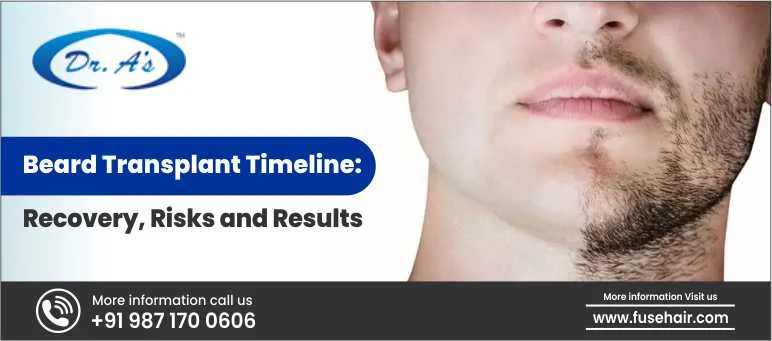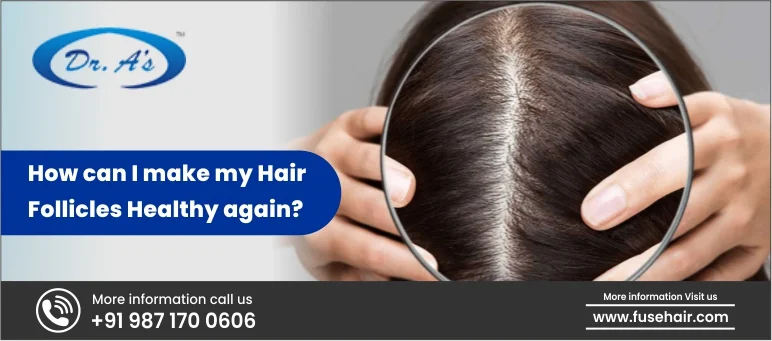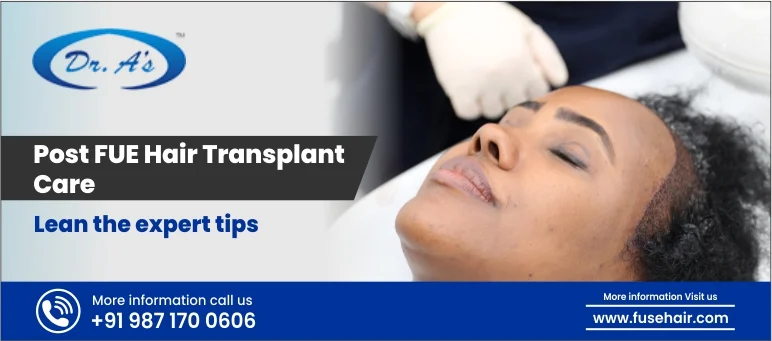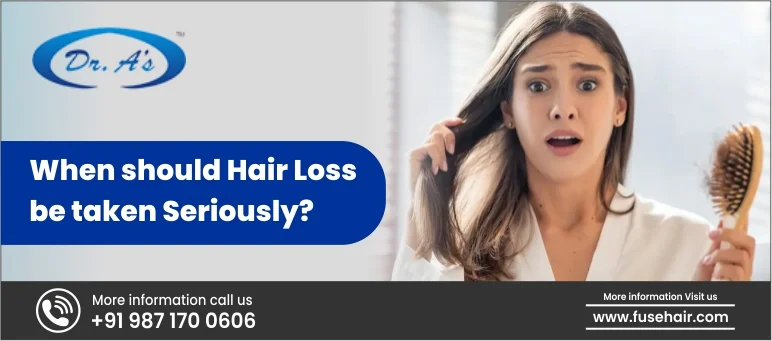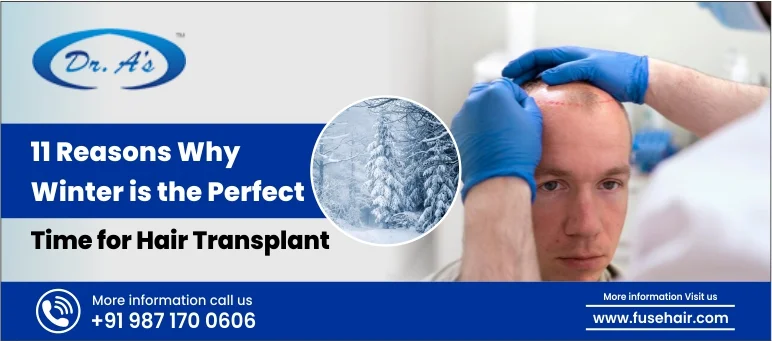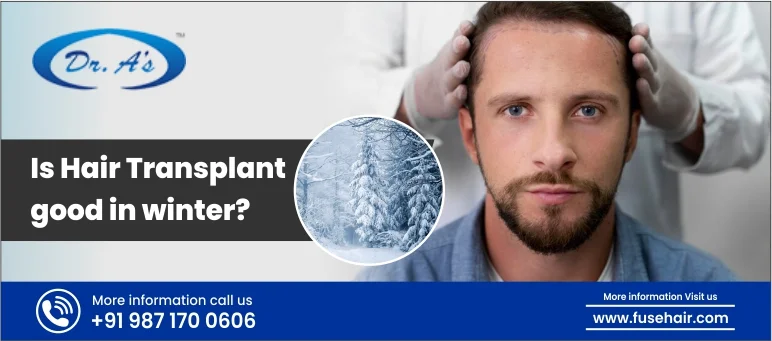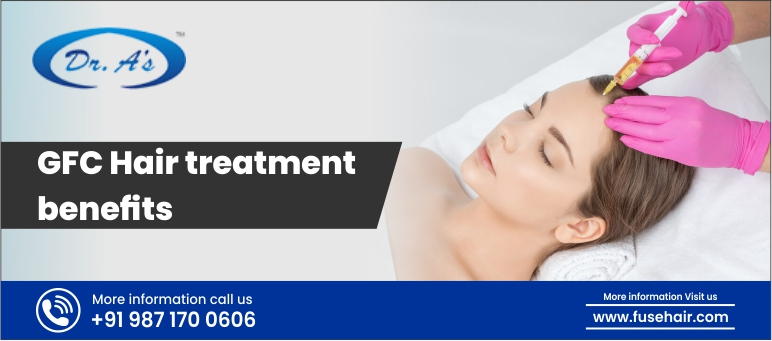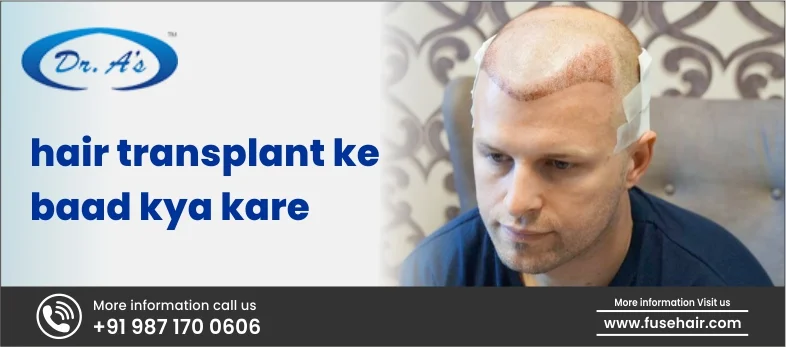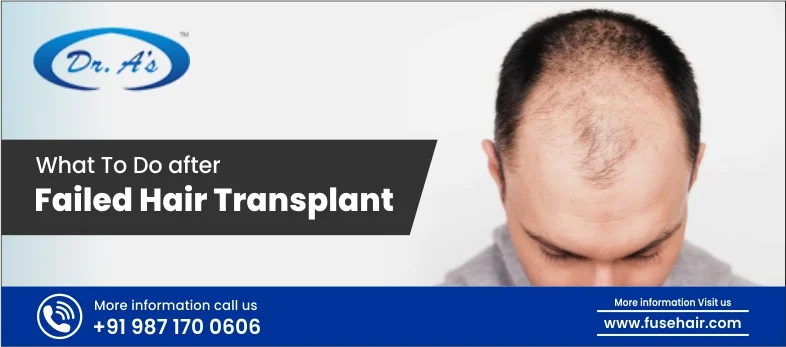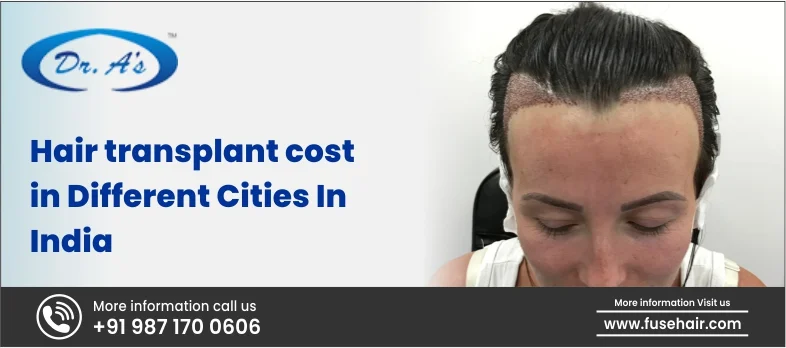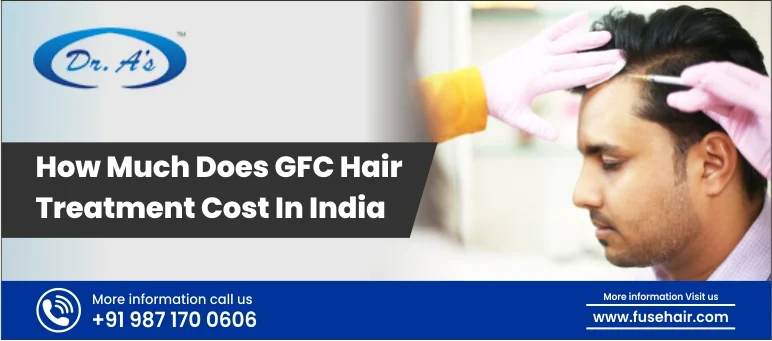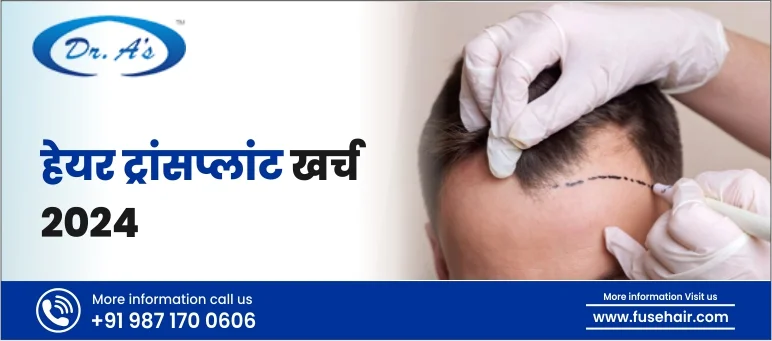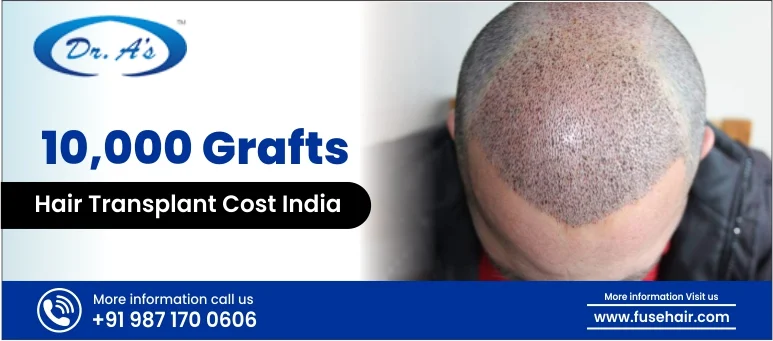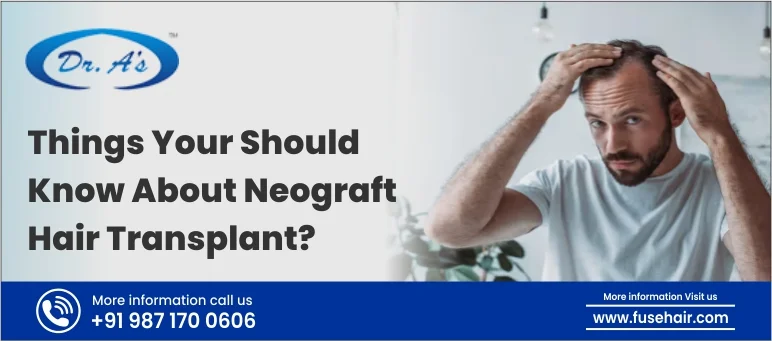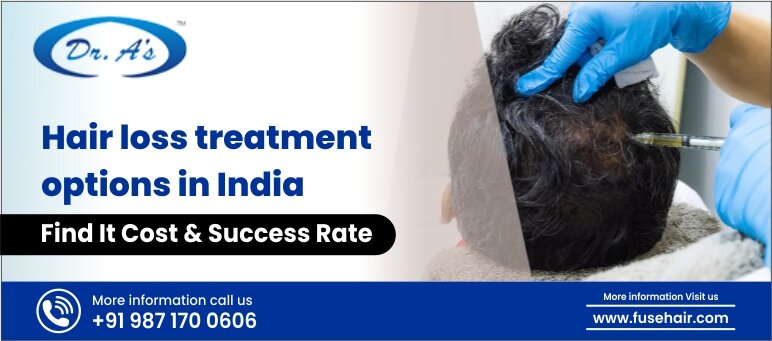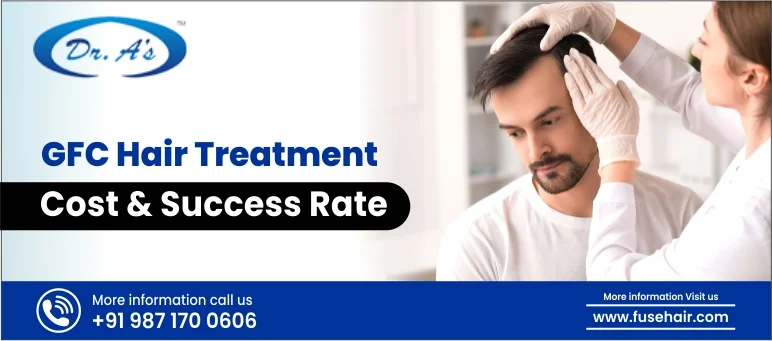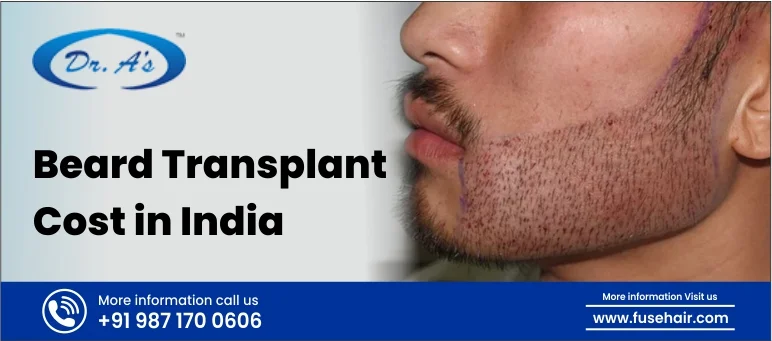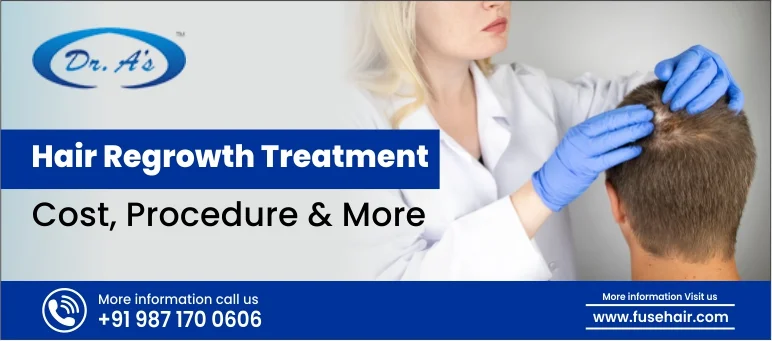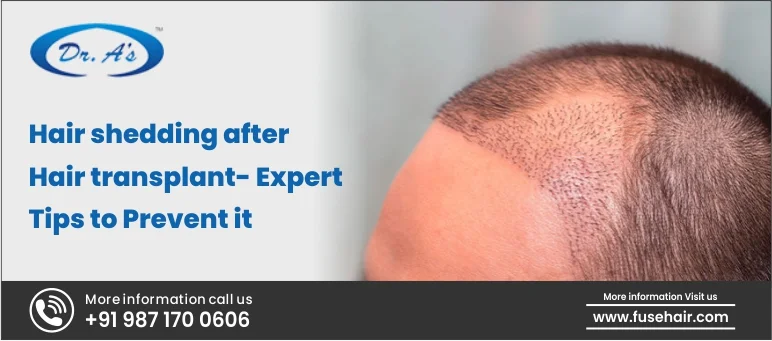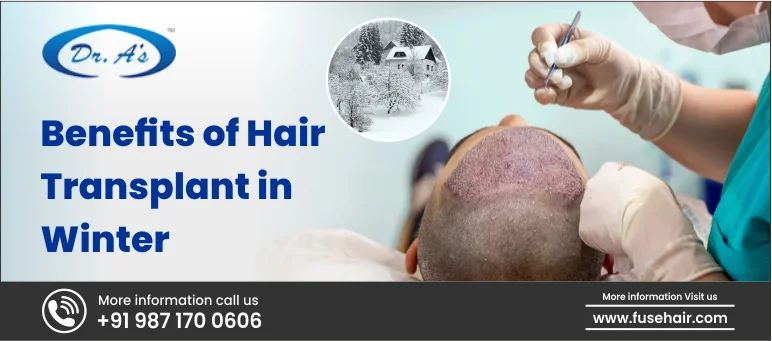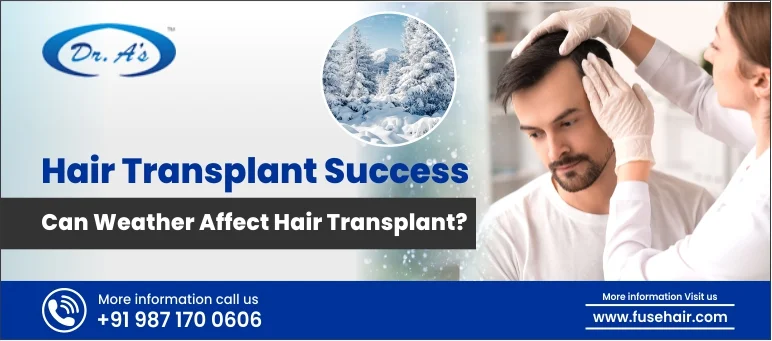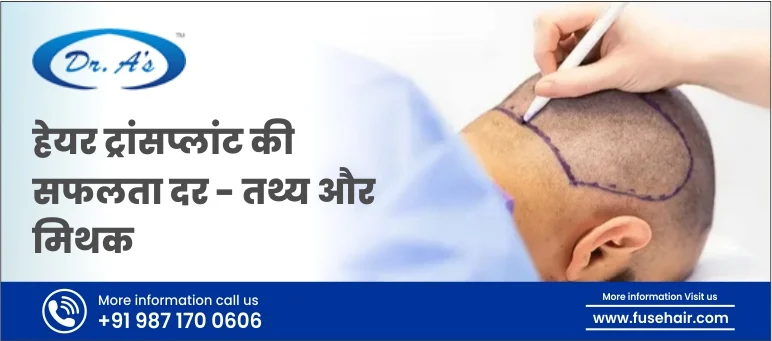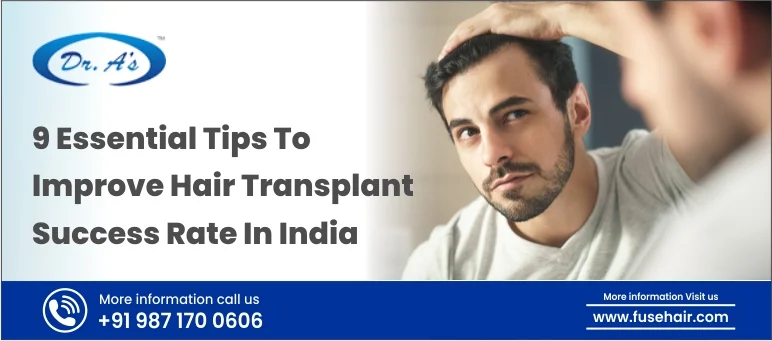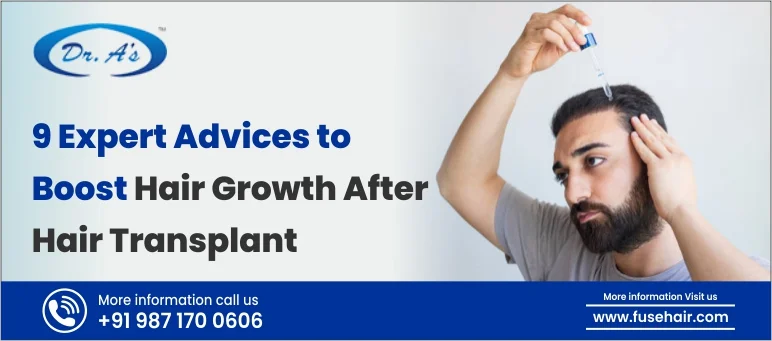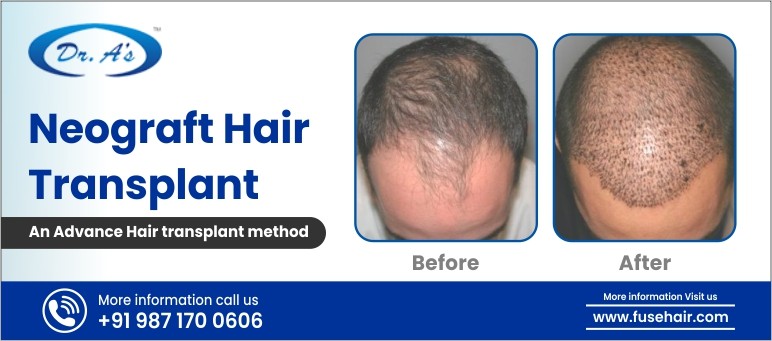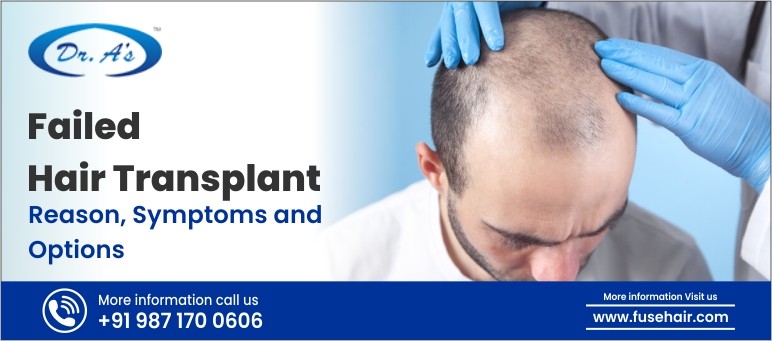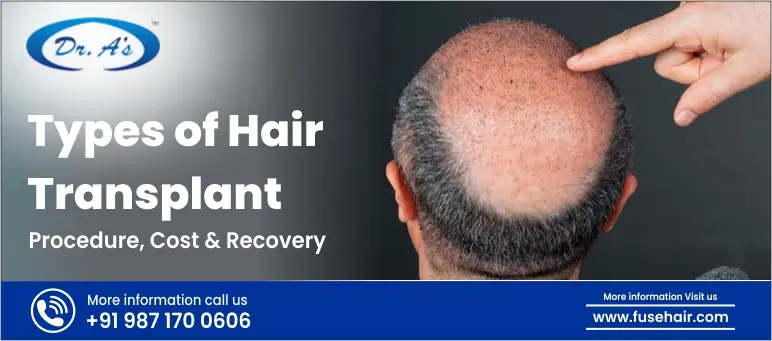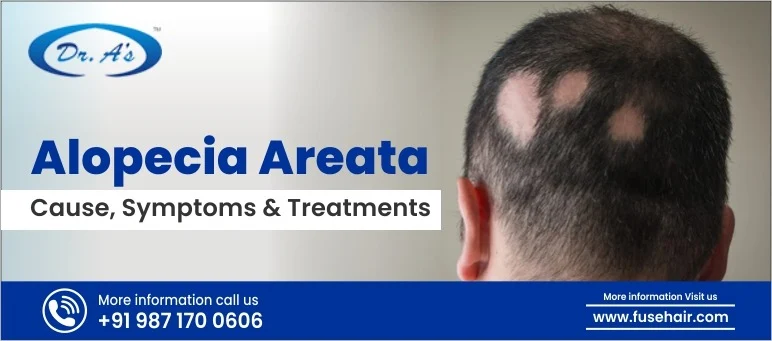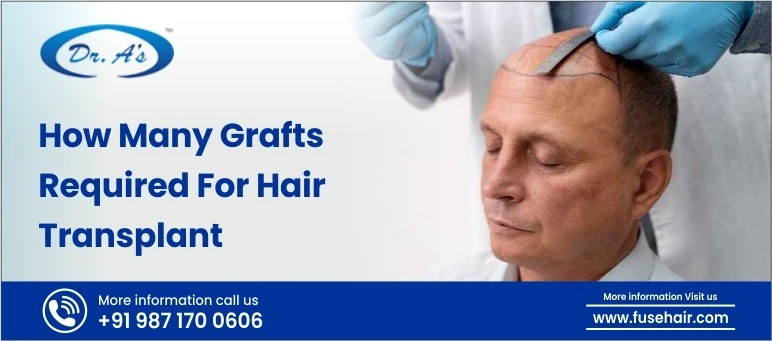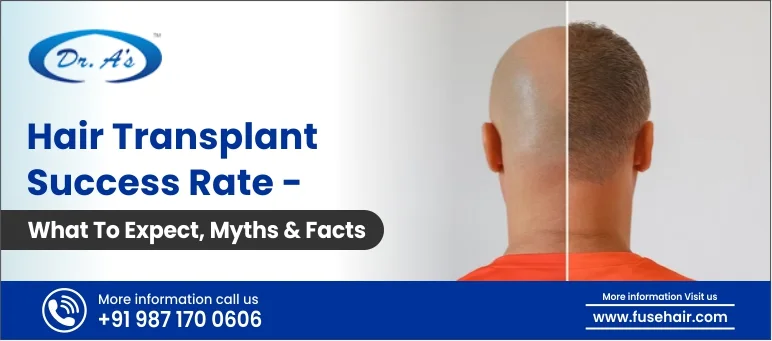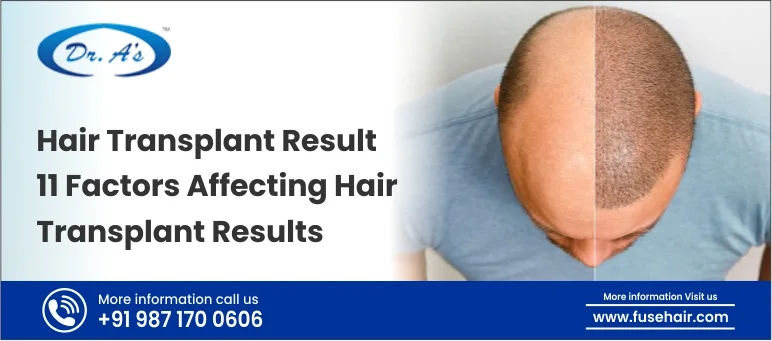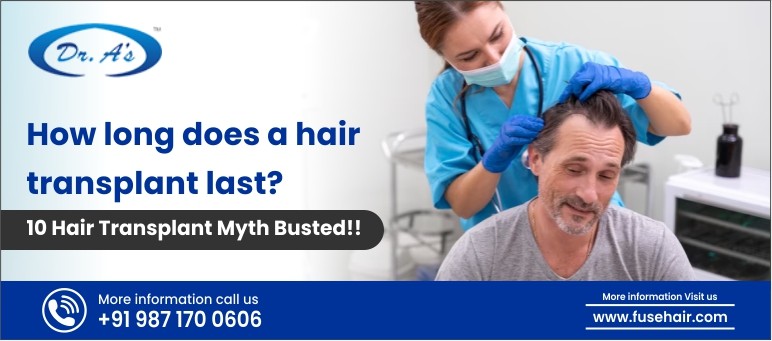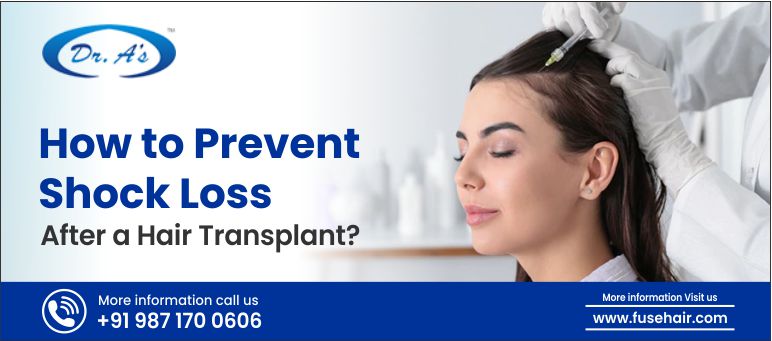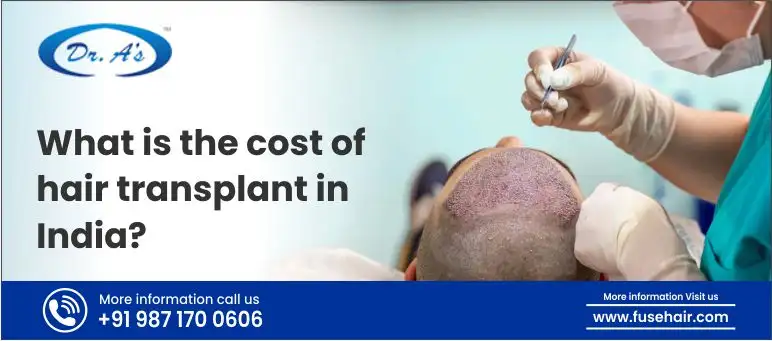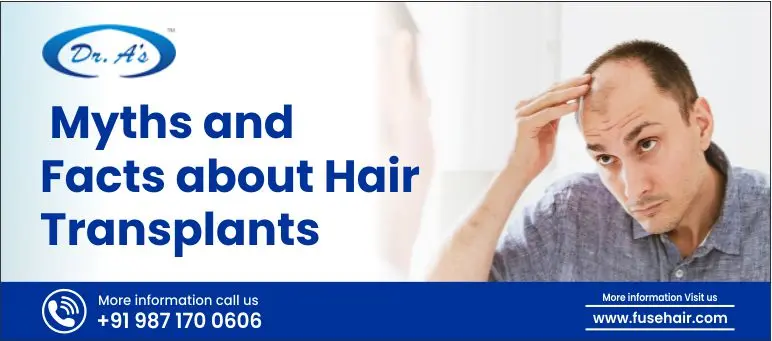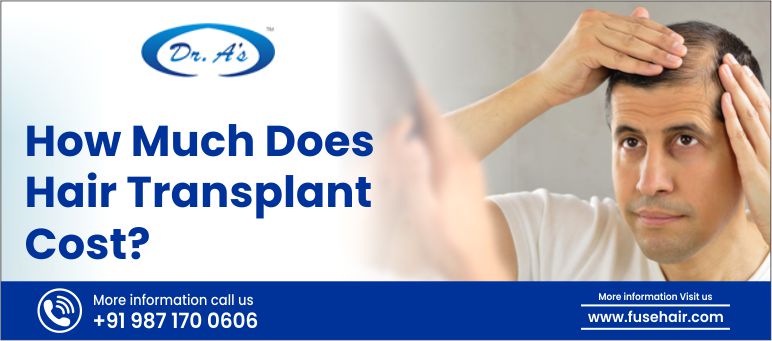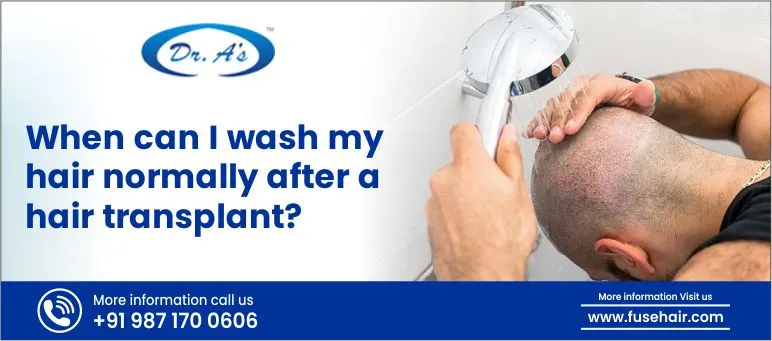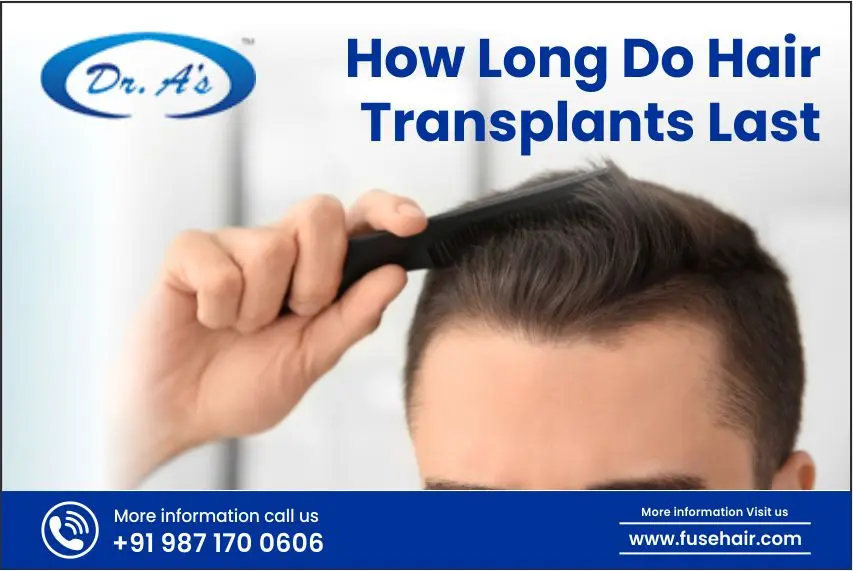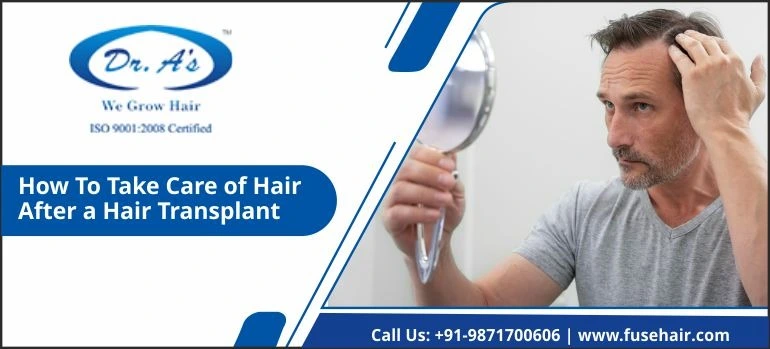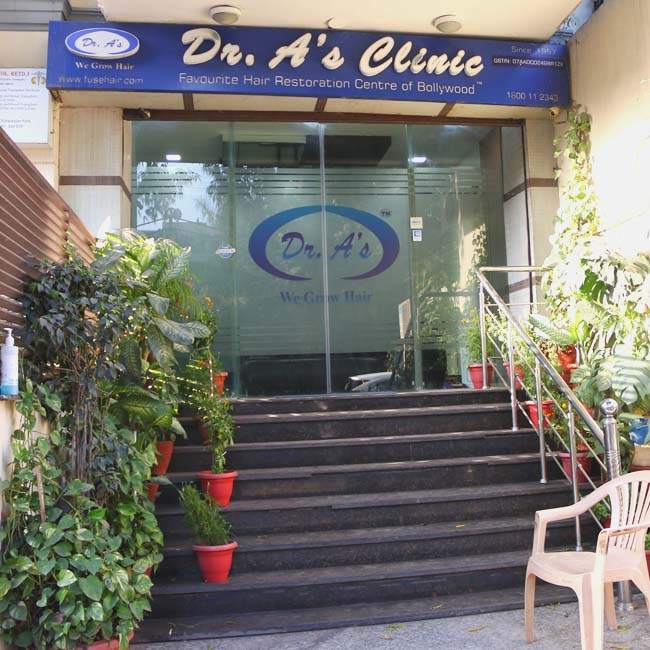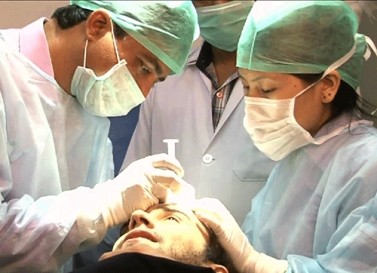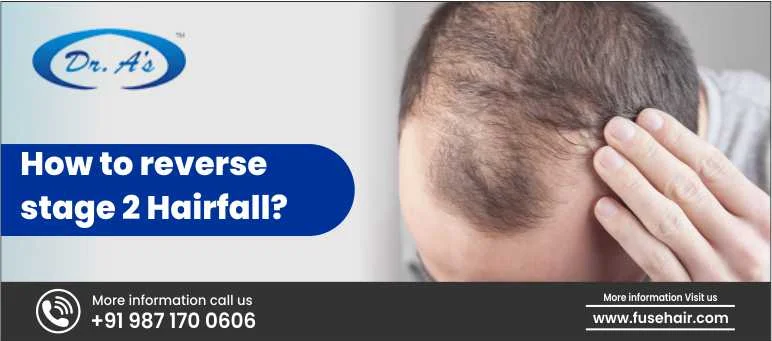
In today’s world, hair loss is a common issue that extends beyond a medical concern, affecting self-worth and overall confidence. While at some level, hair shedding is normal, substantial hair thinning can lead people to look for answers and efficient hair loss treatment solutions. According to the Norwood Scale (used for male baldness) or the Ludwig scale (female baldness), stage 2 hair loss represents primary baldness, noticeable hair thinning, or recession progression.
Two distinctive factors that happen to be common causes are androgenetic alopecia influenced by hormonal imbalance, and dihydrotestosterone that binds to androgen receptors in hair follicles, leading to its shrinkage.
If you are experiencing stage 2 hair loss, then you can consult famous hair restoration expert Dr. Arvind Poswal, founder of Dr. A’s Clinic. Here, we deliver effective treatments for people dealing with hair thinning, including progressive solutions like FUSE hair transplant and PRP therapy.
Therefore, this article provides an in-depth discussion regarding stage 2 hair loss, exploring different ways to efficiently reverse or manage and to prevent progression to advanced stages.
What is Stage 2 Hairfall?
Hair loss mainly occurs gradually and can present in several stages. Stage 2 hair loss is considered when hair thinning becomes visible. It is especially noticeable by the early symptoms of male or female baldness. When you see a receding hairline, the middle portion of your scalp is getting thin, or there is a general shedding across the scalp, you are suffering from stage 2 hair loss.
What are the symptoms?
The common symptoms of stage 2 hair loss are
- Noticeable hairline recession
- An increasing rate of hair shedding
- Ponytail thinning or decreasing hair volume
- The scalp is visible
- Slower hair regrowth in comparison to shedded hair
What are the characteristics of Stage 2 hair loss in men and women?
The characteristics of men and women are different in terms of stage 2 hair loss.
For men, in the crown area, the hairline slowly recedes. A noticeable receding hairline is formed in the shape of a ‘widow’s peak’. It is the first stage of the male baldness pattern known as androgenetic alopecia that continues in the subsequent stage, affecting a broader scalp area.
Stage 2 hair loss among women is spread across the scalp, starting from the crown region. It can happen due to hormonal imbalance, anxiety, stress, or other undetected health conditions.
What are the Causes of Stage 2 Hairfall?
Stage 2 hairfall is a severe condition, but with modern techniques and medical advancements, it can be reversed. However, before indulging in treatments and medications, let’s dig deeper into the reasons responsible for this type of hairfall.
Genetic factors
Stage 2 hair loss is often associated with the presence of certain genes carried forward from your parents. For instance, if any one of your family members has/ had androgenetic alopecia, then there’s a high chance that you can inherit this condition, leading to extensive hair thinning and loss.
Hormonal imbalance
Due to PCOS, dysfunctional thyroid regularity or pregnancy, hormonal imbalance can occur, not only disrupting the hair growth cycle but also causing stage 2 hair loss. Due to PCOS, androgens (male hormones) in women are increased, leading to shrinkage of hair follicles, especially on the temple or crown area of the scalp. Hypothyroidism slows down cell regeneration, which shortens the anagen phase and prolongs the telogen phase. Meanwhile, hyperthyroidism restricts the hair growth cycle, leading to excessive hair shedding
Deficiency of nutrition
If your diet does not have proportionate vitamins and minerals like biotin, zinc, vitamin D or iron, it can negatively affect hair follicular condition, leading to stage 2 hairfall. These vitamins and minerals are important for hair thickness, volume, and follicular health.
Lifestyle
Certain lifestyles can be the reason for stage 2 hairfall. These include chronic stress, sleep deficiency, excessive smoking and excessive exercise.
Conditions of the scalp
Most often, the scalp gets infected with fungus, dandruff or seborrheic dermatitis. Due to excessive sebum produced by your scalp, it compromises the immune system and instigates fungal growth. Alongside this, inadequate hygiene, a sweaty scalp, or sharing contaminated items like a hat or a comb can increase the risk of scalp infection. Dandruff can also be a primary reason for a deteriorating scalp condition. It is caused by Malassezia globosa breaking down sebum or scalp oil into oleic acid. It creates scalp inflammation and worsens hair quality, leading to hairfall. Seborrheic Dermatitis is a severe type of dandruff that causes redness, increases the number of white flakes, and leads to an oily scalp. It also has the same effect as dandruff in a severe form.
Hair styling
When your hair is prone to excessive use of heat styling tools, it leads to hair damage. In stage 2, follicles are in a vulnerable and deteriorating state. If you use hair styling products, it puts more stress on the fragile hair roots and follicles, making them inactive and unable to revive, leading to excessive hairfall.
Can Stage 2 Hair Loss be reversed?
Yes, stage 2 hair loss can be managed, and in different cases, it has been reversed or stopped with proper treatment. At Dr. A’s clinic, we provide advanced treatments and medications to repair this condition. With earlier intervention of therapies and hair transplant surgeries, we stimulate hair growth in the follicles, making the hair thicker and healthier and reversing stage 2 hairfall.
How to reverse Stage 2 Hairfall?
There are various treatments available currently to reverse stage 2 hairfall, help in hair regrowth, and get natural, shiny hair in no time. Some of the treatments widely practiced are further discussed below.
Treatments
Here are some of the most notable in-clinic procedures performed at Dr. A’s Clinic.
PRP Therapy
PRP treatment is a non-surgical and regenerative treatment that uses patients’ own blood for healing and hair regrowth, especially in cases of hair thinning, stage 2 hairfall, and post-hair transplant recovery. It is highly efficient for those patients with initial-stage hair loss.
It stimulates hair follicles and improves blood circulation. It does not have any allergic properties and is also not contagious, and is thus perfectly safe for patients. You can be on Minoxidil or Finasteride while undergoing PRP therapy. Dr. Arvind Poswal often performs this treatment for graft survival, stimulating natural hair regrowth and restricting the stage 2 hairfall condition.
Low-Level Laser Therapy
Low-level laser therapy is a treatment that optimises red light for hair follicle stimulation and improves scalp health.
In Dr. A’s Clinic, Arvind Poswal recommends LLT to address stage 2 hairfall. He has ensured that this therapy is safe and painless, with promising outcomes observed within a few months of continuous treatment.
FUHT
FUHT or Follicular Unit Hair Transplantation is a surgical method. In this technique, hair follicles are extracted from the back of the scalp because, in most cases, it is denser in that place and transplanted into the affected regions where the hair is thinning.
If you have a small patch of thinning hair on your scalp, then this hair treatment is very effective. In our clinic, Dr. Arvind Poswal practices FUHT to offer a permanent remedy for hair regrowth and stage 2 hair loss reversal so that your hairline looks natural.
FUSE
Dr. Arvind Poswal pioneered the FUSE (Follicular Unit Separation Extraction) procedure, and he widely practices it at his clinic for the successful reversal of stage hairfall. It involves the extraction of hair follicles from the patient’s scalp with microsurgical precision but without stitch and scalpel intervention, leaving no visible scars on either the donor or recipient regions.
It is an advanced novel approach to hair transplantation for both men and women. Dr. Arvind Poswal has also culminated this process to extract hair from other body locations like the chest, legs and beard.
Medications
Alongside treatments, some medications can also help to reduce stage 2 hairfall and promote regrowth.
Minoxidil
Minoxidil helps in increasing blood flow to the hair follicles and the duration of the growth phase. The FDA has approved this medication, ensuring patient safety and efficacy. In Dr. A’s clinic, Dr. Arvind Poswal prescribes this medication and monitors dosages and duration as per the patient’s condition.
Finasteride
This prescribed medication functions by restraining DHT production. This hormone is responsible for the shrinking of hair follicles in androgenic alopecia. With the reduction of DHT levels, finasteride helps to minimise hair loss and promote regrowth.
Additional Remedies
When you are suffering from stage 2 hair loss, treatments are the ultimate option. Alongside this, you must maintain a few additional steps, as stated below.
- Follow a nutritional diet (protein, iron, biotin, omega-3 fatty acids, vitamin D, and zinc supplements)
- Maintain a healthy scalp routine (regularly apply coconut or rosemary essential oil on your scalp in a circular motion for 5 to 10 minutes) to boost blood circulation
- Improve your lifestyle (practice meditation, exercise, and sleep at least 8 hours) to boost hair growth
Conclusion
The advent of therapies, medications, nutritional diets, and doctor-recommended lifestyle habits has made stage 2 hairfall reversible. With the right treatments and medicines, most people can regain their lost hair. If you are looking for an authentic place to continue your Stage 2 hair loss treatment, then Dr. A’s clinic is a viable option.
Here, you can fix an appointment with Dr. Arvind Poswal, a qualified hair transplant expert, and get different advanced technology-induced treatments, medications, and relevant advice based on your individual hair health.



